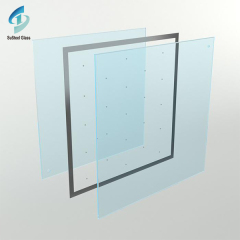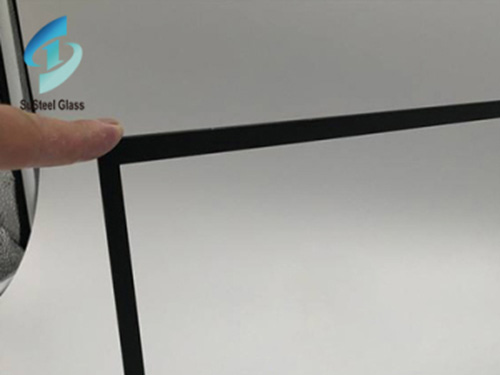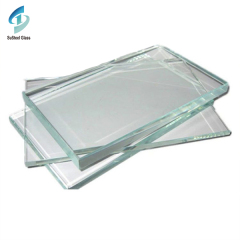
The performance of hollow glass is superior to ordinary double glass, so it has been recognized by all countries in the world. Insulating glass is a glass product with two or more pieces of glass evenly separated by effective support and bonded and sealed around, so that there is dry gas space between the glass layers. Its main materials are glass, warm edge interval, corner bolt, butyl rubber, polysulfide glue, desiccant. In fact, hollow glass will also be moldy in life. The following is the reason that can cause moldy insulating glass.
Water or moisture adsorption on the glass surface, in a certain period of time glass surface in the soluble silicate hydrolysis and damage, constitute caustic soda. Caustic soda, on the one hand, separates silica, which is regenerated into silica oxygen gel to form a protective film on the glass surface, preventing further corrosion effect. On the other hand, caustic soda and carbon dioxide in the air form sodium carbonate, which is collected on the glass surface to form soluble salt in the outer film.
Because of its strong hygroscopicity, absorption of water and deliquescence, the end of the formation of lye droplets. When the ambient temperature and humidity change, the concentration of these droplets also changes. If concentrated lye droplets are touched with the glass for a long time, the gel-like silicon oxide film can be dissolved in the process, causing corrosion and mottled appearance of the glass. This is a white alkali-rich ion group formed by sodium ions moving out of the glass body and reacting with air.
According to the above reasons, if the glass is in the damp, dark and ventilated environment for a long time, the appearance of the glass will form a moldy phenomenon. As for the moldy phenomenon of hollow glass, if it is not properly kept in the storage and transportation process, the mildew will occur on the surface of touching with the atmosphere. If there is any doubt about the quality of technology or raw materials in the production process, the mildew will occur on the inner surface of the hollow layer.
 The Beauty and Utility of Thin Glass Sheets: Applications and Advantages
The Beauty and Utility of Thin Glass Sheets: Applications and Advantages
 The Strength and Versatility of Thick Glass Sheets
The Strength and Versatility of Thick Glass Sheets
 Breaking Boundaries: The Evolution and Applications of Ultra Thin Glass
Breaking Boundaries: The Evolution and Applications of Ultra Thin Glass

